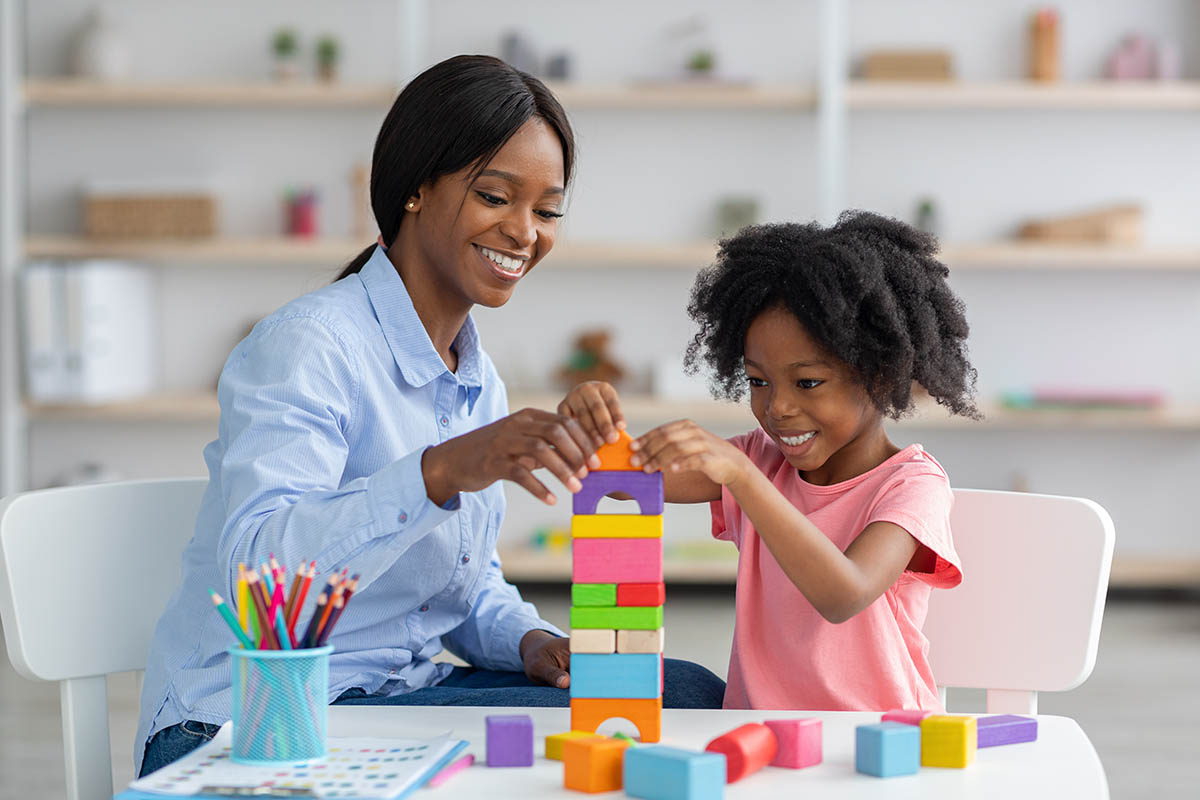Anxiety is one of those common mental conditions that do not just impact adults but children as well. Child anxiety therapy is an intensive intervention geared to help young minds manage and overcome anxious thoughts. In this article, we will explore how child anxiety therapy works and what parents should expect from it.
Understanding Anxiety in Children
Child anxiety is very different in its presentation compared with that of adults. Instead, children would have chronic anxiety fears, trouble focusing, mood swings, or physical symptoms such as stomach pains and headaches. If such symptoms are left unattended, they will affect their growth, academic performance, and social contacts. This is the reason why child anxiety therapy is needed.
How Child Therapy for Anxiety Works?
- Initial Assessment and Diagnosis
The therapy program begins with an assessment in which a therapist gathers information concerning the child’s behavior, thoughts, and feelings. This will help in concluding and diagnosing the type and severity of anxiety; GAD, social anxiety, or any particular fear are examples. Parents as well as teachers can also be requested for interviews to gather more information.
- Setting Goals for Therapy
Once the diagnosis is made, the therapist works closely with the child and their family for the establishment of treatment goals. One such focused goal of treatment is helping the child to learn the handling of anxiety and to regain confidence in handling daily activities.
- Therapeutic Approaches Used in Child Therapy for Anxiety
Cognitive Behavioral Therapy (CBT)
CBT is one of the most commonly used practices applied in child therapy for anxiety. CBT helps a child learn how to find negative thought patterns and replace them with more healthy ways of thinking. This eventually reduces the anxious response in the child .
Play Therapy
The little kids may also not have words to say about their feelings. In those situations, play therapy becomes a tool for the child. Through such activities as drawing, storytelling, or role-playing, children can communicate their emotions in a non-threatening manner. It then helps the therapist present this in a manner that they can understand what is happening about their anxieties.
Exposure Therapy
For children with phobias or social anxiety, exposure therapy is often incorporated. This technique involves gradually exposing the child to the source of their fear in a controlled environment, helping them build tolerance over time.
Family Therapy
Family involvement is a crucial part of child therapy for anxiety. Sessions with parents or caregivers aim to create a supportive environment at home. Parents learn strategies to help their child cope with anxiety and reduce triggers in everyday situations.
- Mindfulness and Relaxation Techniques
As the treatment progresses, the therapist will note how the child changes. The treatment plan can be changed if some strategies are not working. There needs to be a free flow of communication between the therapist, child, and parents to ensure the effective progress of the treatment.
What to Expect During Child Therapy for Anxiety?
- Building Trust with the Therapist
The first few sessions focus on building rapport between the child and the therapist. Establishing trust is essential for open communication, especially since children may initially feel reluctant to talk about their worries.
- Therapy is a Gradual Process
Parents need to understand that child therapy for anxiety is not an overnight solution. It takes time for children to unlearn old thought patterns and build new coping skills. Patience and consistency are key.
- Parental Involvement in the Process
Therapists often involve parents throughout the therapy process. Parents may be given exercises or tasks to practice at home with the child. This reinforces the techniques learned during sessions and helps the child feel supported.
- Monitoring Progress and Adjusting the Approach
As the therapy progresses, the therapist will monitor the child’s development. If certain strategies are not effective, adjustments may be made to the treatment plan. Open communication between the therapist, child, and parents is essential to ensure progress.
Signs that Child Therapy for Anxiety is Working
As the child progresses through therapy, parents may notice gradual improvements. Signs that child therapy for anxiety is working include:
- Reduced frequency of anxious behaviors.
- Increased willingness to try new activities or face challenging situations.
- Improved sleep patterns and appetite.
- Better concentration in school.
- A more positive outlook on life.
When Should You Seek Child Therapy for Anxiety?
It’s important to seek child therapy for anxiety when a child’s anxiety starts to interfere with their ability to function normally. Some warning signs include:
- Avoiding school or social activities.
- Persistent fear or worry about future events.
- Unexplained physical complaints like headaches or nausea.
- Outbursts of anger or irritability.
- Sleep disturbances or nightmares.
The earlier therapy begins, the better the outcome. Early intervention helps children develop the tools they need to manage anxiety effectively throughout their lives.
Benefits of Child Therapy for Anxiety
Therapy provides children with coping mechanisms to face anxiety-inducing situations confidently. Some key benefits include:
- Improved Emotional Regulation: Children learn how to manage overwhelming emotions.
- Enhanced Self-esteem: Therapy helps children build confidence as they overcome fears.
- Stronger Relationships: With reduced anxiety, children find it easier to connect with others.
- Better Academic Performance: Anxiety-free children tend to focus better in school.
Conclusion: The Importance of Child Therapy for Anxiety
Child therapy for anxiety is very crucial in helping children live happy, healthy lives. Anxiety can easily be treated if approached at the right time, and the children learn some life skills they will need to have good emotional health. Children are taught ways of handling their worrying thoughts through techniques like CBT, play therapy, and mindfulness.
If you suspect your child suffers from anxiety, do not hesitate in seeking professional help.

